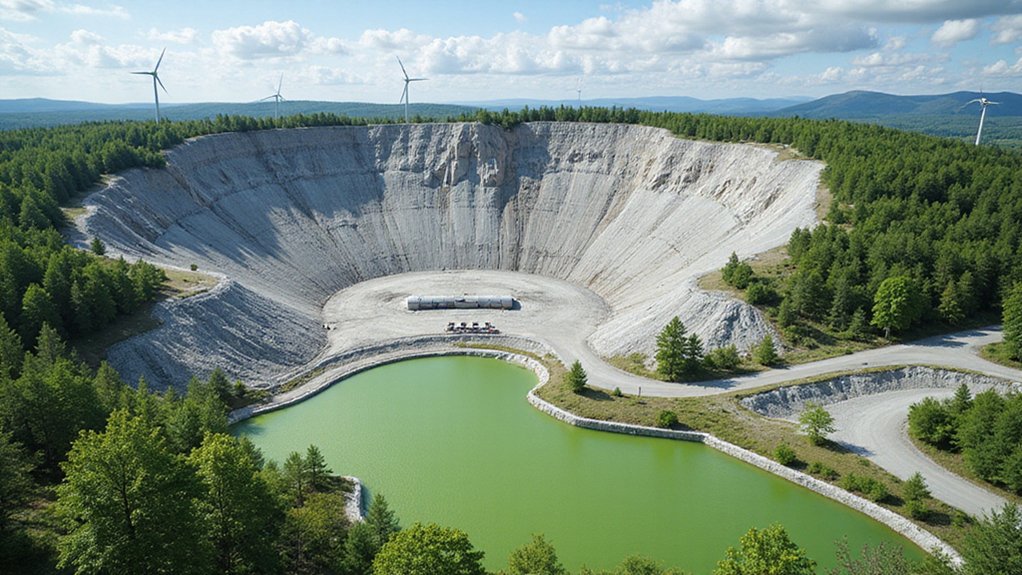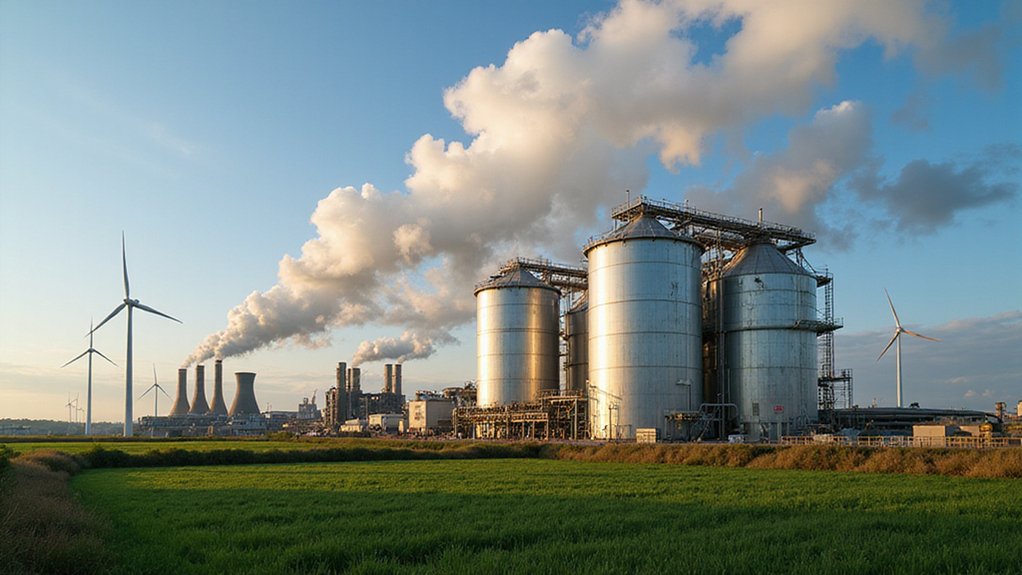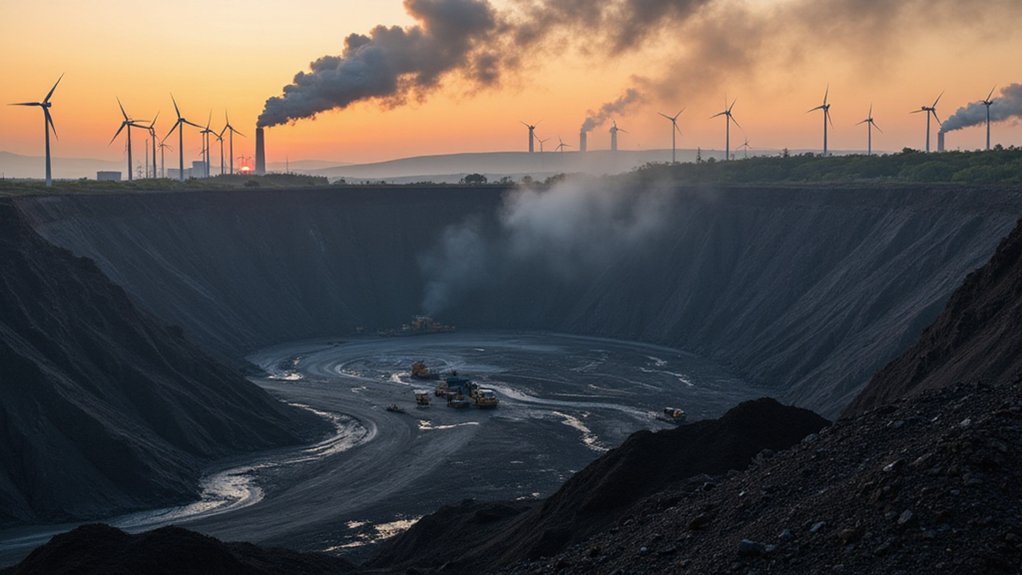While most Canadians think of their country as a place of pristine wilderness and natural beauty, a darker environmental legacy looms in the province of Quebec. Massive piles of toxic asbestos waste stand as monuments to Canada’s once-thriving asbestos mining industry.
The story begins in the 1850s when chrysotile asbestos was discovered in Thetford, Quebec. By 1879, the Jeffrey Mine opened less than 50 miles south in what would become the town of Asbestos, now known as Val-des-Sources. The Jeffrey Mine eventually grew into the world’s largest asbestos mine.
Mining methods evolved from simple manual excavation with chisels to using compressed air drills and dynamite by 1905. Johns-Manville acquired the Jeffrey Mine in 1918, investing in steam shovels to increase production. By the 1950s, Canada’s annual asbestos mining exceeded 900,000 metric tons. This mine’s environmental impact is reminiscent of Plant Miller’s emissions that continue to affect nearby communities today.
The industry wasn’t without conflict. In 1949, a violent four-month strike erupted in Thetford Mines over dangerous working conditions and wages. The dispute, one of Canada’s most violent labor conflicts, ended with modest improvements for workers but sparked political changes that led to Quebec’s Quiet Shift.
Health concerns eventually caught up with the industry. Asbestos is a carcinogenic mineral that posed serious risks to workers and residents. Professor J. Corbett McDonald from McGill University began studying these effects in 1966, documenting the harm caused by asbestos exposure. Despite mounting evidence of health risks, the government established The Asbestos Institute in 1984 to promote the supposedly safe use of chrysotile asbestos.
By 2011, the Jeffrey Mine, one of Canada’s last two operating asbestos mines, closed its operations. The mine’s expansion in 1969 had made it one of the largest mines globally, dramatically affecting local employment and population dynamics. A proposed $58-million government loan to restart the mine was canceled when the Parti Québécois won Quebec’s 2012 provincial election, fulfilling their promise to end asbestos mining in Canada.
Today, the mining towns that once thrived face different futures. Massive tailings piles require environmental remediation. The legacy of Canada’s asbestos industry remains complicated—once a source of economic prosperity, now remembered for its environmental damage and health impacts. The towns built on toxic dust must now find new paths forward.
References
- https://canadianlabour.ca/uncategorized/asbestos-canada-timeline/
- https://www.asbestos.com/news/2016/11/07/asbestos-mining-town-canada-new-identity/
- https://niche-canada.org/2020/10/29/the-town-once-called-asbestos/
- https://www.miningwatch.ca/sites/default/files/asbestos_mining_in_canada_0.pdf
- https://en.wikipedia.org/wiki/Val-des-Sources








